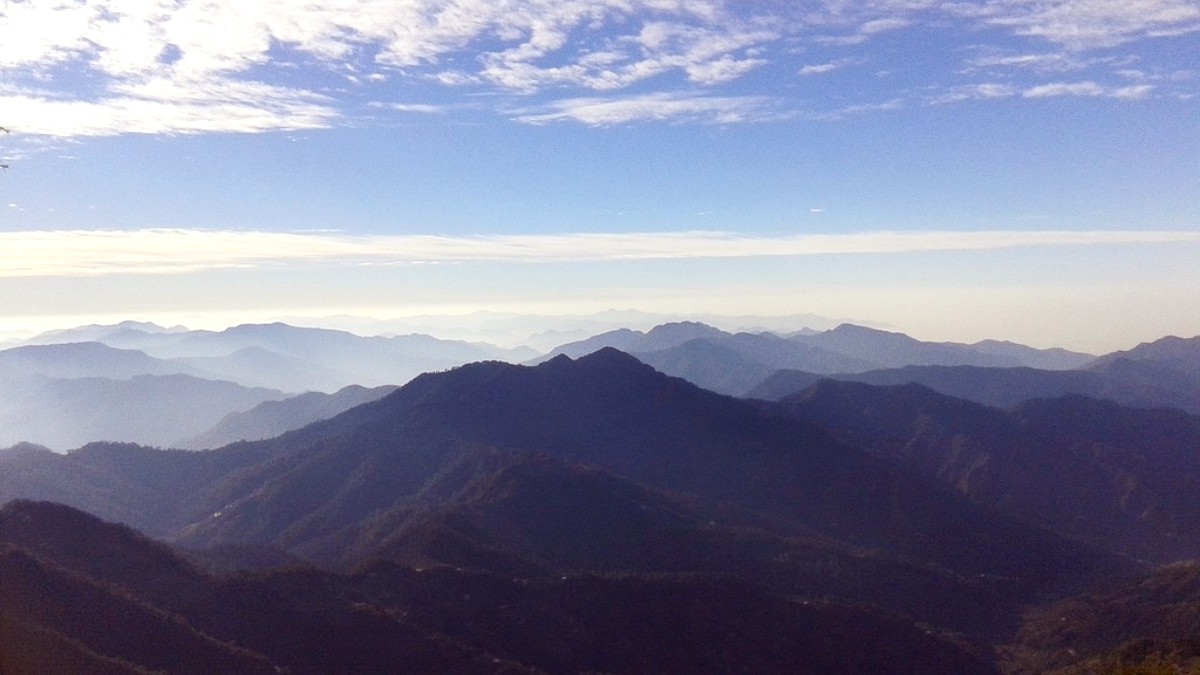
Uttarakhand Uttaranchal, India
Mussoorie mainly uses shared vehicles rather than extensive rail or metro networks. The main reliance rests on shared taxis (often called shared jeeps or 'Sumos') and a limited number of local buses. No metro or tram system operates in the town.
Shared taxis are the most common and efficient form of public transport within Mussoorie and for connecting to nearby areas like Dehradun. They operate on fixed routes, picking up and dropping off passengers along the way. They present a cost-effective way to cover distances. Local bus services exist but are generally less frequent and slower than shared taxis. They cover specific routes and present a more budget-friendly option.
Most common and efficient mode, fixed routes.
Less frequent, cover specific routes, budget-friendly.
Ask locals for stand locations, prepare for crowded shared taxis, confirm fares.
Less common for tourists due to challenging roads and parking issues.
Preferred and highly recommended option, arranged through hotels or agencies.
Available from local vendors, but riding is risky due to road conditions.
Limited programs; some shops offer, but hilly terrain poses challenges.
Connects Mall Road to Gun Hill, Mussoorie's second-highest point. Presents panoramic views of the town, Doon Valley, and Himalayas.
The ropeway operates daily, generally from morning to evening.
Mussoorie's hilly and uneven terrain makes it challenging for travelers with mobility needs. Most public transport, pavements, and attractions are not wheelchair accessible. Newer hotels may offer accessible rooms; confirm before booking.